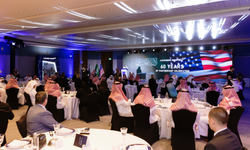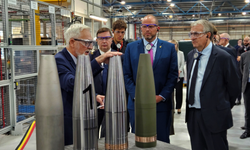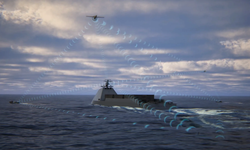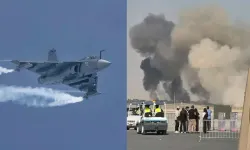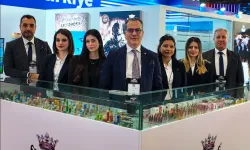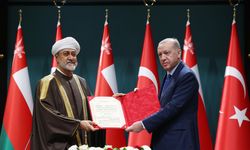The Latvian Ministry of Defence has signed a €387 million contract with General Dynamics European Land Systems (GDELS) to procure 42 additional ASCOD infantry fighting vehicles. The agreement, which includes VAT, is part of Latvia’s ongoing effort to modernize its ground forces and strengthen national defense capabilities.
During the official signing ceremony, the new-generation platform was formally named “HUNTER.” The designation marks the system’s position as a key component in Europe’s tracked armored vehicle landscape and underscores Latvia’s intent to develop a robust and modern combat vehicle fleet.
The selection of HUNTER followed a competitive domestic evaluation process, during which the platform underwent extensive testing on NATO’s Eastern Flank. According to Latvian officials, the vehicle demonstrated solid performance under demanding field conditions, meeting operational and logistical requirements set by the National Armed Forces.
Beyond its national significance, the procurement may serve as a step toward broader European defense collaboration. Latvian authorities have expressed interest in developing multinational acquisition frameworks centered around common platforms. The modularity, interoperability, and logistics compatibility of the HUNTER vehicle make it a potential candidate for future joint procurement initiatives across EU and NATO member states.
GDELS emphasized its commitment to localization, stating that the company will work closely with Latvian industry partners to support local production and sustainment. This approach aims to boost national defense capabilities while delivering economic benefits through job creation and technology transfer.
“The HUNTER platform reflects our long-term commitment to supporting European defense goals,” GDELS said in a statement. “It aligns with NATO priorities, including system maturity, rapid delivery, and cross-border interoperability.”
Latvia’s move also comes at a time of heightened tensions along NATO’s eastern borders. The acquisition of additional armored assets is seen as part of a broader strategy to enhance deterrence and ensure readiness for various threat scenarios in the region.
The ASCOD family, from which the HUNTER is derived, has been in service with several European countries and is known for its modular design, battlefield flexibility, and potential for future upgrades. With its new designation and increased presence, the HUNTER may become a reference point for upcoming armored vehicle programs in Europe.




